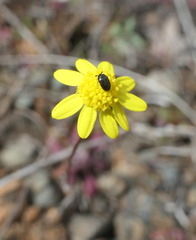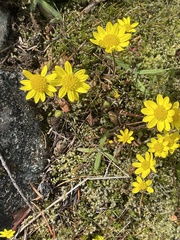Crocidium: taxon details and analytics
- Domain
- Kingdom
- Plantae
- Phylum
- Tracheophyta
- Class
- Magnoliopsida
- Order
- Asterales
- Family
- Asteraceae
- Genus
- Crocidium
- Species
- Scientific Name
- Crocidium
Summary description from Wikipedia:
Crocidium in languages:
- Russian
- Кроцидиум
Images from inaturalist.org observations:
We recommend you sign up for this excellent, free service.
Parent Taxon
Sibling Taxa
- Aequatorium
- Arnoglossum
- Barkleyanthus
- Blennosperma
- Cacaliopsis
- Chersodoma
- Cremanthodium
- Crocidium
- Endocellion
- Farfugium
- Gynoxys
- Hainanecio
- Homogyne
- Ischnea
- Japonicalia
- Lepidospartum
- Ligularia
- Ligulariopsis
- Luina
- Miricacalia
- Mixtecalia
- Nemosenecio
- Nordenstamia
- Paragynoxys
- Parasenecio
- Petasites
- Pittocaulon
- Psacalium
- Rainiera
- Robinsonecio
- Roldana
- Sinacalia
- Sinosenecio
- Syneilesis
- Taimingasa
- Telanthophora
- Tephroseris
- Tetradymia
- Tussilago





